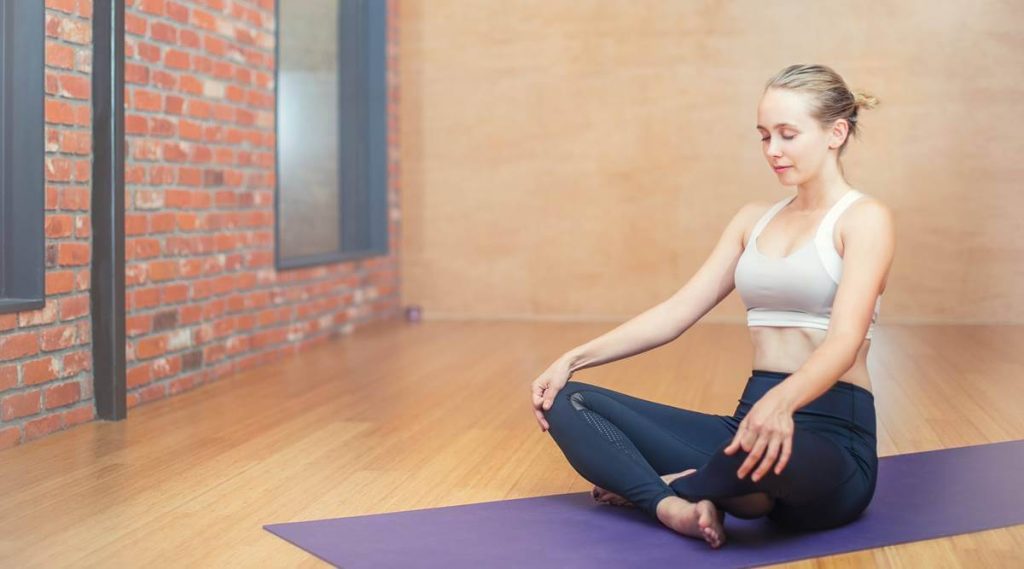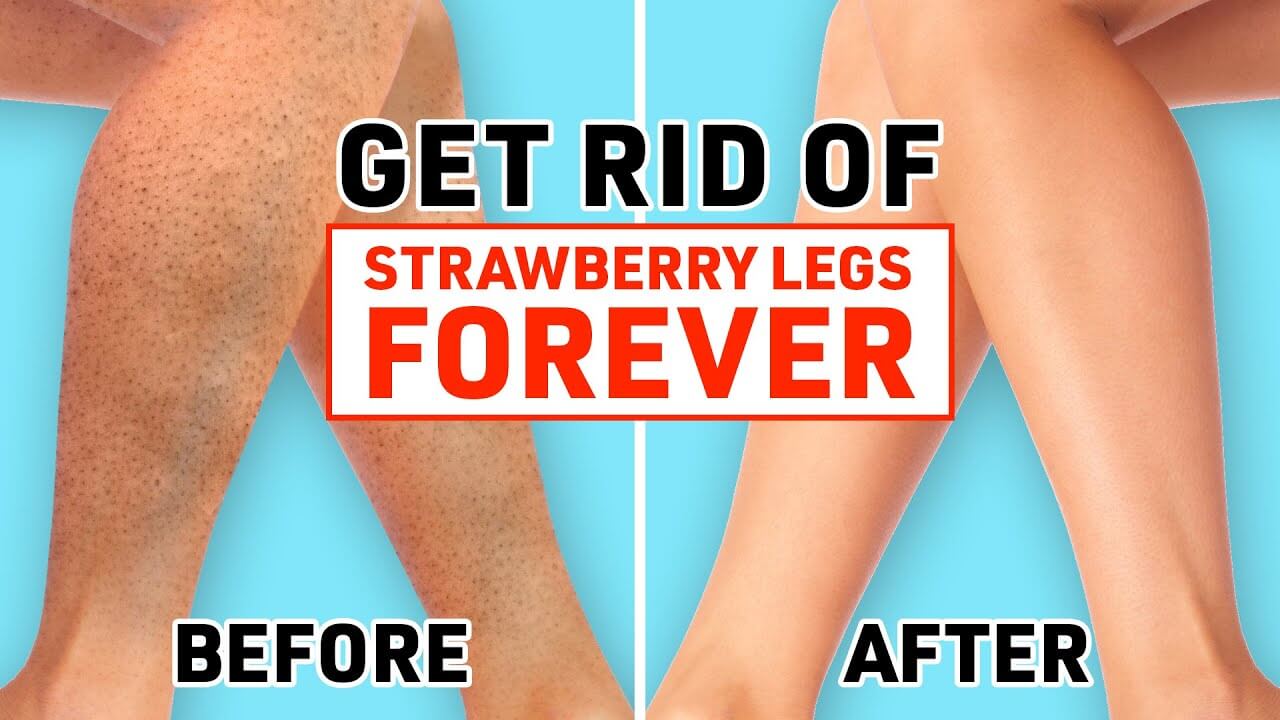Content Attributes
Made up your mind for a wonderful yoga session; then now it is time to check out the perfect yoga mat that will help you keep your yoga game to the best level.
Yoga and body health go hand in hand and there’s no denying it! While yoga is necessary for your body, a yoga mat is necessary in order to help you keep a stable pose and keep you from slipping while having your poses done.
When you tend to do yoga on a plain floor you tend to slip and fall over and over due to the sweat being generated under your feet.
This, however, is not a problem that everyone faces, but having a yoga mat will help you perform yoga in a much better manner.
While there are lots of yoga mat suppliers out there, finding the best yoga mat for yourself is hard hence a guide on choosing the right yoga mat will help you to choose the best yoga mat according to your convenience.
Firstly, you need to decide on which level you are, after which you can choose the right yoga mat based on the level.
1. Beginner level:
If you are an absolute newbie to yoga and you haven’t done any past exercises or fitness-based workouts then you are categorized into the beginner level. If you are one among those at this level then you will have to start with some short yoga sessions which will then take you to the next level.
Features you need to check in a yoga mat:
When you are a complete beginner, one of the things that must be kept in mind is that you need quite a thick mat along with a good grip that will prevent you from slipping or falling.

Choosing a mat with a thickness level between 5 and 8 mm will be one of the best yoga mats for beginners. You might also want to check whether the mat is portable or not and whether you can use it without a lot of trouble.
Yoga recommendation:
You can do the most basic yoga which includes the following:
- Standing side bend pose
- Downward-facing dog pose
- Cobra poses
2. Intermediate level:
People belonging to this level means that they have been performing yoga practices for 3 months or longer than that. You also know how to perform all of your yoga poses well.
Features you need to check in a yoga mat:
Being of the intermediate level you can still use the mat which is between 5 and 8 mm or if you are trying to train your muscles with a quite vigorous yoga pose then you might want to consider cushion-based yoga mats which will let you keep you sweat-free throughout the yoga session while also giving a good feel. Make sure you check out a good yoga mat supplier when checking these features.
Yoga recommendation:
Being at the intermediate level you can do the following yoga poses:
- King dancer pose
- Sugarcane poses
- Knee-to-ankle pose
- Side plank pose
3. Advanced level:
If you are a person who belongs to the advanced level, this means that you have trained yourself to the maximum of your potential and it is now easier for you to do a challenging pose by yourself and without any difficulty. This level also means that now you will be doing very high-intensity-based yoga poses.
Features you need to check in a yoga mat:
When at the advanced level you already have your grip but for a better stay, you need to switch on to printed yoga mats that will range from 6 to 12 mm. This will help you stay on the floor for long enough while also keeping you stable.
Yoga recommendation:
While at the advanced level, it is quite easy to get your poses done here are some challenging poses that you can try out:
- Pull-through tabletop pose
- Elevated chair pose
- Airplane lunge pose
- Tiptoe pulse
Yoga is a practice that requires focus, balance, and stability. One essential tool for any yoga practice is a yoga mat. However, with so many options available on the market, it can be overwhelming to choose the right one. In this guide, we will explore the factors to consider when choosing a yoga mat, along with some pros and cons of different materials.
Thickness
The thickness of a yoga mat is an important factor to consider, as it affects the comfort and stability of your practice. Thicker mats offer more cushioning and support for your joints, but they may also make it harder to balance in standing poses. Thinner mats are more portable and easier to roll up, but they may not provide enough support for those with sensitive knees or wrists.
Pros:
- Thicker mats offer more cushioning and support for joints
- Thinner mats are more portable and easier to roll up
Cons:
- Thicker mats may make it harder to balance in standing poses
- Thinner mats may not provide enough support for sensitive joints
Material
The material of a yoga mat affects its durability, grip, and eco-friendliness. The most common materials used for yoga mats are PVC, rubber, and TPE (thermoplastic elastomer). PVC mats are the most affordable but are not eco-friendly. Rubber mats are more durable and offer a better grip, but they may have a strong smell. TPE mats are a good eco-friendly option, but they may not be as durable as PVC or rubber mats.
Pros:
- PVC mats are affordable
- Rubber mats offer better grip
- TPE mats are eco-friendly
Cons:
- PVC mats are not eco-friendly
- Rubber mats may have a strong smell
- TPE mats may not be as durable as PVC or rubber mats
Texture
The texture of a yoga mat affects its grip and slip resistance. Smooth mats may be more slippery, especially when you sweat, while textured mats offer better grip. However, some people find textured mats uncomfortable, especially when practicing on their hands and knees.
Pros:
- Textured mats offer better grip
- Smooth mats may be more comfortable for some people
Cons:
- Textured mats may be uncomfortable for some people
- Smooth mats may be more slippery
Size
The size of a yoga mat should match your body size and the type of yoga you practice. Standard yoga mats are 68 inches long and 24 inches wide, but taller people or those who practice more dynamic forms of yoga may need a longer or wider mat. It is also important to consider the thickness of the mat, as a thicker mat will take up more space in your home or studio.
Pros:
- Standard-size mats are widely available
- Longer or wider mats are available for taller people or those who need more space
Cons:
- A thicker mat may take up more space in your home or studio
Price
The price of a yoga mat varies depending on its material, thickness, and quality. PVC mats are the most affordable, while rubber and TPE mats are more expensive. High-quality mats made from eco-friendly materials can also be more expensive. It is important to choose a mat that fits your budget and needs, but also consider the long-term value of investing in a durable, high-quality mat.
Pros:
- PVC mats are affordable
- High-quality mats offer better durability and long-term value
Cons:
- Rubber and TPE mats are more expensive
- High-quality mats may require a larger upfront investment
In conclusion:
Choosing the right yoga mat requires consideration of several factors, including thickness, material, texture, size, and price. Each of these factors has its own pros and cons, so it is important to find a balance that fits your needs and preferences. Here are some additional tips to help you choose the right yoga mat:
- Try before you buy: If possible, try out different mats before making a purchase. Many yoga studios offer rental mats, or you can try them out at a sports store. This can help you determine what thickness and texture you prefer.
- Read reviews: Look for reviews of yoga mats online, as they can give you an idea of how other users have found the mat. Look for comments on grip, comfort, durability, and any other factors that are important to you.
- Consider your practice: The type of yoga you practice can also affect the type of mat you need. If you practice hot yoga or other styles that make you sweat, you may want a mat with a better grip. If you practice restorative or gentle yoga, a thicker mat may provide more comfort.
- Eco-friendliness: If eco-friendliness is important to you, look for mats made from sustainable materials such as natural rubber, cork, or jute. These materials are biodegradable and don’t release harmful chemicals into the environment.
By considering these factors and doing some research, you can find the perfect yoga mat to support your practice. Remember, a good yoga mat can enhance your practice and help you achieve your yoga goals.
Also Read:
- Why You Should Choose the High-Quality Yoga Exercise Fitness Workout Mat
- Why You Should Care About Your RV Patio Mat
- Perks of Having RV Patio Mats
- Finding RV Patio Mats For Your Next Outing
- Yoga and its real power: Know the important facts about Yoga



